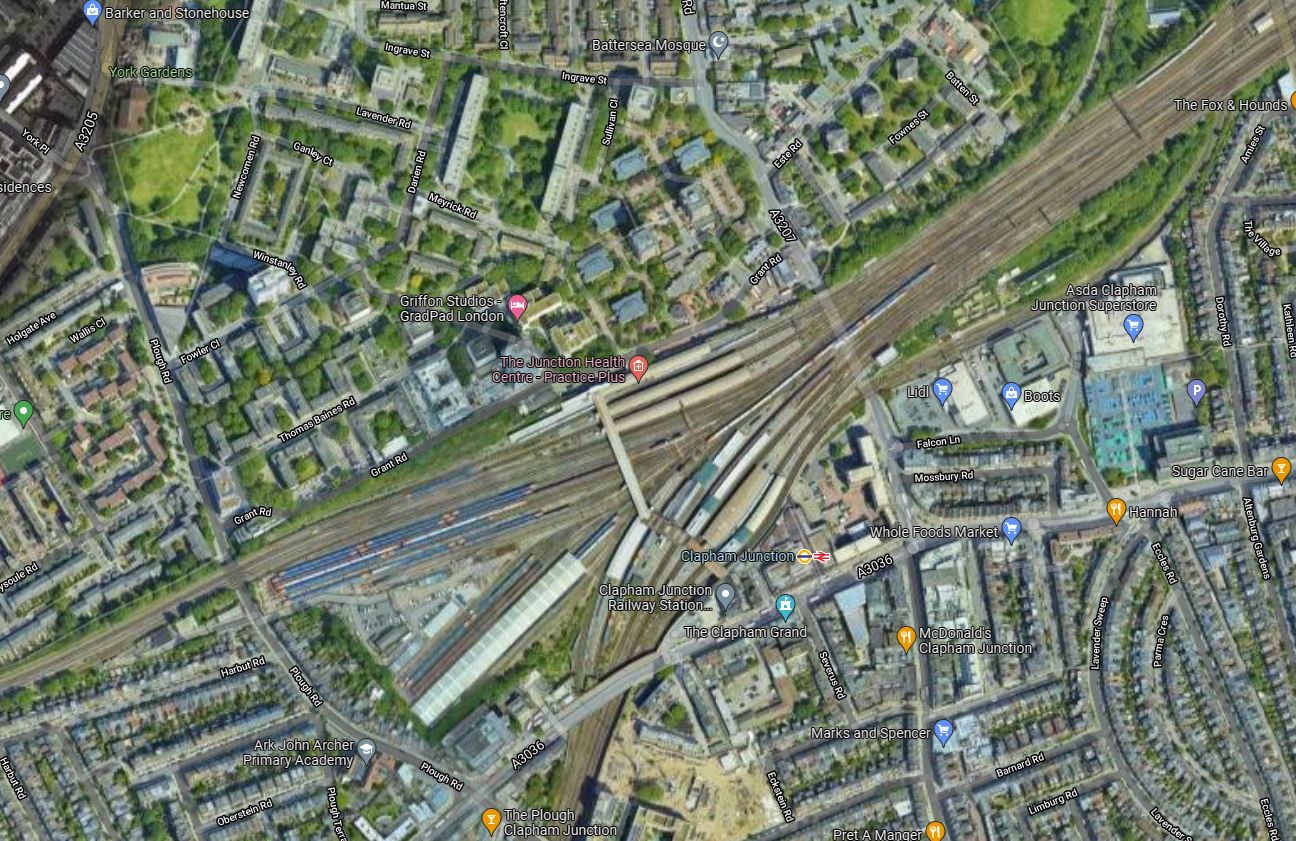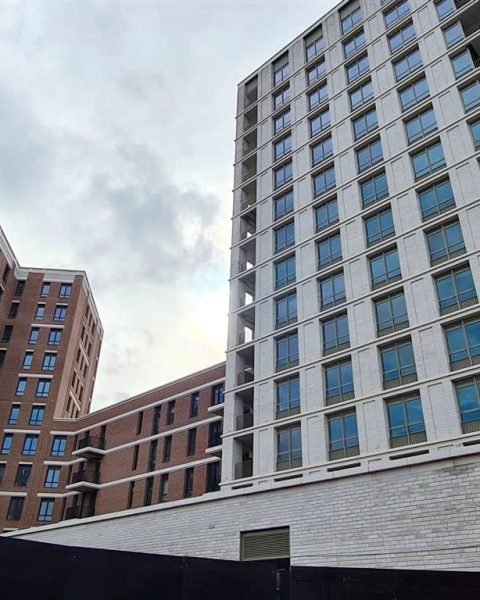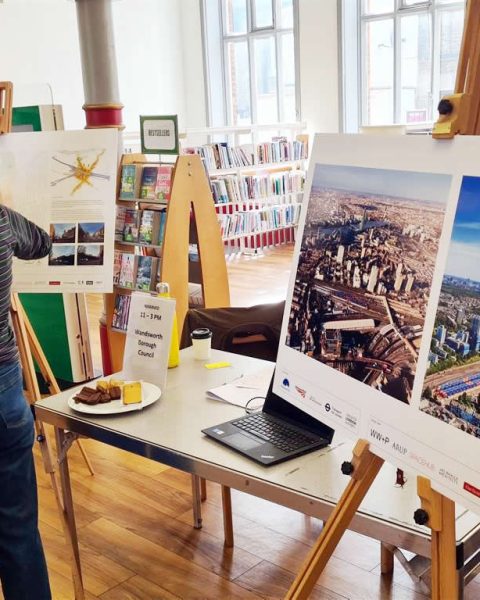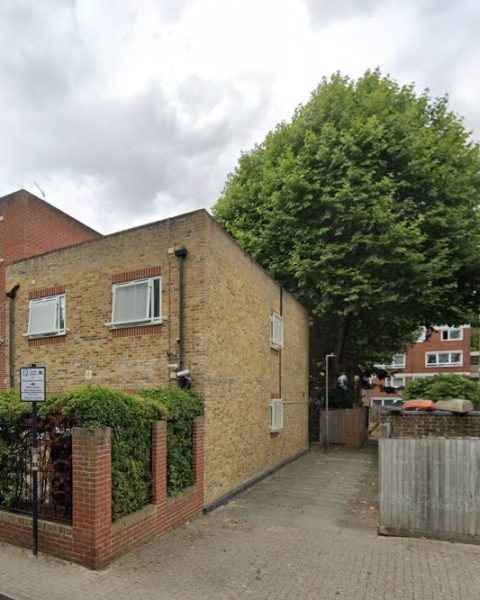This analysis intends to complement the very poor attention given to the site allocation sections in the draft local plan proposed by the Council. For a full information, read our presentation with the list of site allocations that we are describing.
Area Strategy for Clapham Junction and York Road/Winstanley Regeneration Area
This section of the local plan intend to be a general comment on the area of Clapham Junction. We support redevelopment of the zone, and we wrote for example about the potential the arches along Grant Road. However, the vision supported by the officers is wrongly addressing many issues.
No support for the Council’s vision of dense and tall building developments
There is currently no support for the Council vision on Clapham Junction changes, and previous consultation have shown that the local community was strongly opposing the sort of developments that the Council is promoting for Clapham Junction.
The current master plan developed by the Council is actually reinforcing the divide between the north and the south of the railway, with a strong promotion of dense and tall buildings in the north while the south should be preserved with the raw of Victorian terrace houses and historical assets such as Arding & Hobbs, The Grand theatre, the Battersea Art Centre…etc. Unfortunately, the current vision expressed by the Council is reinforcing that situation instead of trying to improve the permeability.
Reservations on boundaries definition and linkage
The definition of the area is an issue highlighted by the Battersea Society. As mentioned above, the railway creates a substantial impermeable division between the dense housing of the regeneration area and the town centre. Therefore, there is a lack of coherence in mixing them both in the same area. On the other hand, part of Falcon Road and the southern part of Northcote road are not part of the town centre, while they should be included (they form part of the area covered by the Clapham Junction Business Improvement District, strangely not even mentioned in the Plan).
Both the Battersea Society and Lavender Hill For Me community forum criticised the linkage made with Battersea Park Road, Lavender Hill and Queenstown Road as so few details are provided that it is impossible to see what is intended (shall the same criteria be applied? should functions be unified?). In addition, the Battersea Society noticed that Battersea Park Road local centre is misplaced on the map, which emphasize the lack of knowledge of the officers (the mistake could have been avoided should the officers bothered to liaise with community groups in the initial redaction phase).
Wrong assessment of the transport accessibility
The current vision promoted by the Council for the past 8 years is in contradiction with the views of the local community but also with existing policy DMT1 that says: “Development […] will be permitted where it does not have a negative impact on the transport system” and with the NPPF suggesting that developments shouldn’t have a significant impact on transport system. In this same paragraph 6.5, it actually acknowledges that “before the Covid-19 pandemic it was operating at close to capacity in terms of rail services and passenger numbers and suffered from over-crowding at peak times.”
Although Clapham Junction is marked with excellent PTAL (Public Transport Accessibility Levels), the planners have acknowledged earlier that the station is already at capacity – without even taking into account ongoing future constructions. Therefore, the PTAL criteria should not be the consideration for increasing density.
Once again, the planners are ignoring the cumulative effect of developments. There is not mention of that effect and it must be added. Facts show that the cumulative effect of developments is not taken into account at a sufficient level by the Council and therefore can create more middle term misery for the area.
It does not mean that there is no potential for new development, including intensification and more density. But the Council should first concentrate on regaining the trust they lost, and elaborate a strategy in line with the aspirations of the community, unlike what is currently promoted.
We note that the Government has recently directed TfL to cease all work on Crossrail 2 beyond protecting its designated sites. Therefore it is unlikely that any major redevelopment of Clapham Junction station will happen in the interim, which should constraint all developments in the foreseeable future. Lavender Hill For Me wrote :
“The area strategy as a whole may be slightly too heavily focussed on the potential of the transport interchange, and we consider the wider economic activity within the area is maybe undervalued.”
The Battersea Society also highlighted the same lack of realistic vision:
“The opportunities for development in the town centre to take place during the lifetime of the Plan are highly constrained. This is symptomatic of other objectives throughout the Plan which lack any timescale. […] What is needed is for the strategy to include some realistic suggestions for the lifetime of this plan to ensure that Clapham Junction is sustained as a successful centre, and that it responds effectively to changes in consumers’ and visitors’ behaviour. The absence of the kinds of innovative thinking being discussed by landowners and developers, community groups and policy makers across London and across the country is disappointing”.
Office space wrongly addressed and retail assessment missing
We consider that the plan is focusing on increase of housing provision and under-estimate the demand for office space, which implies a lack of ambition on promoting Clapham Junction as a place for offices. For example, the draft Local Plan says: “Proposals should re-provide at least the existing quantum of office floorspace”. We consider that there is additional detail to promote Office Space in Clapham Junction et we suggest the it should be reinforced. The recent approved development for Arding & Hobbs should be mentioned.
On the same topic, Lavender Hill For Me wrote:
“We consider that the strategy underestimates the demand for office space. We note that plans for the former Debenhams building are primarily office based, and that the strong connectivity of Clapham Junction and the major planned development of residential units should be accompanied by a strengthened office sector in the area, to maximise the scope for local employment. Office and ‘daytime’ town centre uses should have a significant place in new developments south of the railway to reduce the risk of the town centre becoming a dormitory.”
In the draft Local Plan, officers also wrote that “proposals for larger retail provision should be prioritised in the Core Frontages, focused around Clapham Junction Station and on St John’s Road“. The Council has just granted permission for the opposite: Proposal (p.a. 2020/3421) made by W.RE (W. Real Estate limited), to redevelop Arding & Hobbs building at Clapham Junction, has been approved by Wandsworth Council. It includes a drastic reduction of the retail floorspace – from five full floors, to just part of the ground and basement. You will note that Societies and Community groups objected against that sheer reduction of large retail space, but the Council decided to dismiss the concern.
On smaller shops, it is interesting to notice the comment from Lavender Hill For Me :
“Proposals should reinstate traditional shop fronts to achieve consistency in appearance with the setting of the town centre should also apply to Lavender Hill, given the prominence of the large sweep of Victorian buildings running up the hill from Falcon Road […] The same applies to St John’s Hill, where a particularly run down parade opposite the BrightonYard station entrance is gradually being improved by reinstatement of Victorian-proportioned shopfronts.”
More information exists, as noticed by the Battersea Society, and therefore the group is surprised that “no mention of the Retail Needs Assessment (RNA) prepared for the Council by Lichfields in the first half of 2020 or of the strategic priorities for Clapham Junction it sets out“.
Local view should be preserved
We support comments from Lavender Hill For Me:
Placemaking Point K: We propose that the long view along Lavender Hill towards the cupola on the roof of Arding and Hobbs / Debenhams should be added to this list (our photo below to illustrate). It is a well-known view and one that is widely recognised as a local landmark (and even if we recognise that this view is not under immediate threat, it is worth noting that the proposals for redevelopment of the Debenhams site were amended during the consultation process specifically in order to protect this view).

To conclude, we could cite the Battersea Society which suggest alternative measures which could be beneficial for the area:
“developing structures for engagement and participation with local communities and other stakeholders; developing organisational resources and skills; promoting new community uses; experimenting and prototyping without fear of failure; innovations in asset management; and the development of arts and cultural uses, such as a cinema.”


















